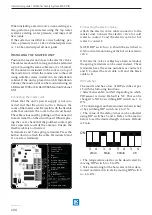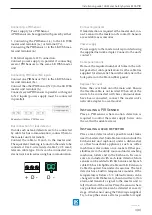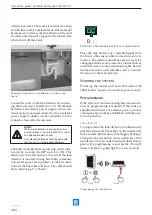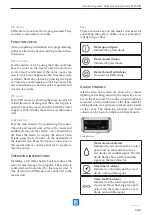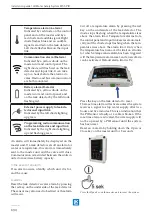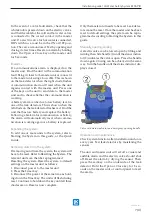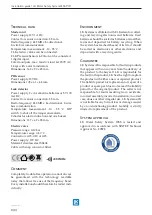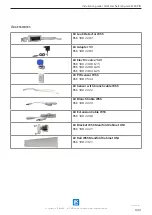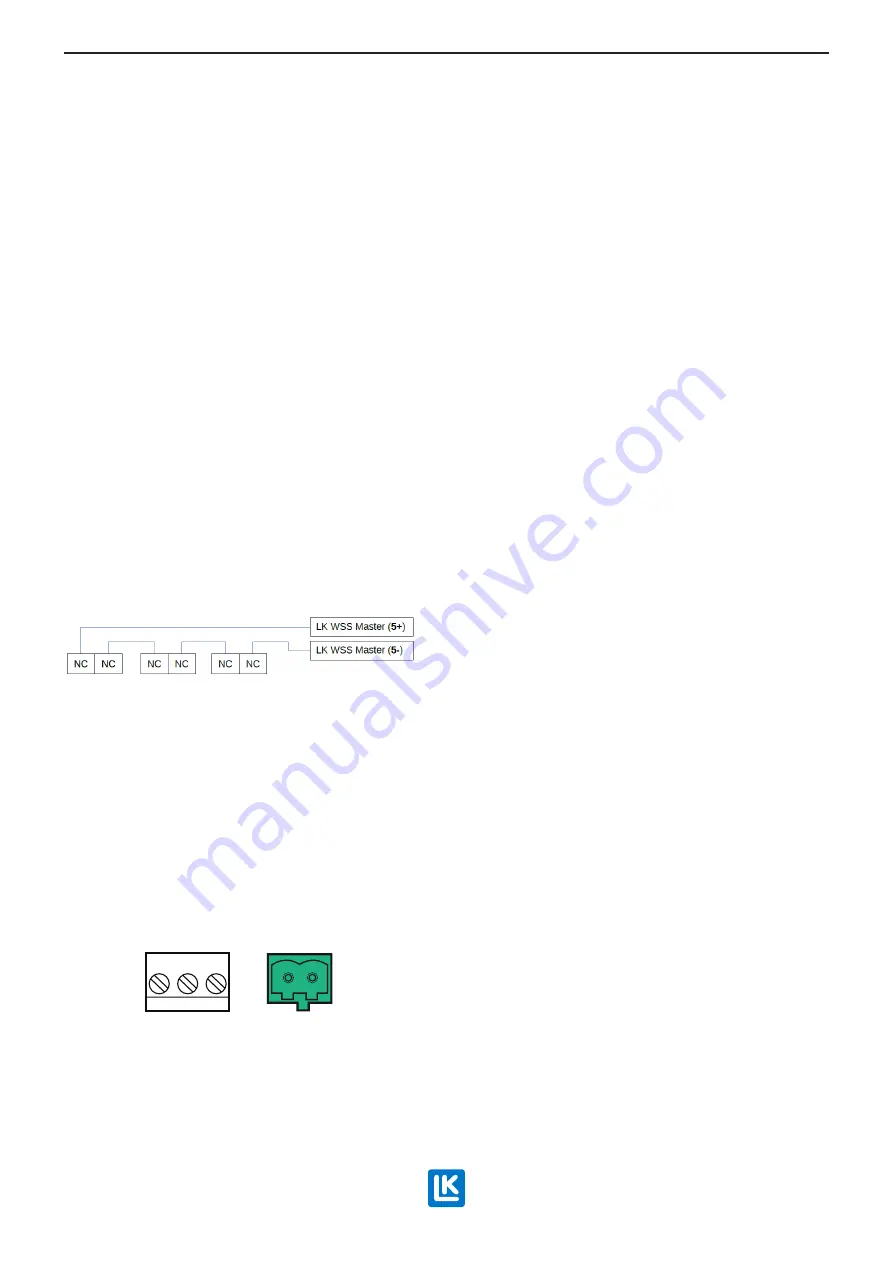
3 (9)
Connecting a PIR Sensor
Power supply for a PIR Sensor
A PIR Sensor can be supplied with power by either:
1. Connecting the PIR Sensor (+) to the LK WSS
master unit terminal (6+) or terminal (7+).
Connecting the PIR Sensor (-) to the LK WSS mas-
ter unit terminal (4-).
2. External separate 12V connection.
Connect power supply in parallel if connecting
several PIR Sensors to the same LK WSS master
unit
Connecting PIR Sensor NC inputs
Connect one PIR Sensor (NC) to the LK WSS mas-
ter unit terminal (5+).
Connect the other PIR Sensor (NC) to the LK WSS
master unit terminal (5-).
Connect several PIR Sensors in parallel with regard
to NC inputs (power supply must be connected
in parallel).
Example with three PIR Sensors.
Bus connection for leak detector
If units such as leak detectors are to be connected
by cable for bus communication, connect them to
the master unit's terminal 4.
Connect the cable to D and - in the master unit.
The equivalent marking is found on the units to be
connected. Use 2-wire twisted cable 2 x 0.5 mm2,
telecom cable type. Units can be connected in a
star network or in series using bus communication.
+ D -
D -
Connecting sensors
If leak detection is required at the master unit, con-
nect a sensor to the master unit’s contact 2. Sensors
are available as accessories.
Power supply
Power supply to the master unit is provided using
the supplied network adapter. Connect to the unit's
contact 1.
Cable penetrations
Remove the required number of holes in the rub-
ber gasket for cable penetration. Use the cable ties
supplied for strain relief. Secure the cable tie in the
hole pattern in the black rubber gasket.
Replace the cover
Screw the cover back onto the main unit. Ensure
the flexible cable is not twisted. When all of the
units to be connected with bus communication
have been connected, connect the master unit's
network adapter to a wall socket.
Installing a PIR Sensor
Place a PIR sensor where motion detection is
required to control the water supply. Screw onto
the wall with suitable screws.
Installing a leak detector
Place a leak detector where possible water leaks
need to be detected. Suitable locations include the
kitchen sink unit cupboard, under a dishwasher
or other household appliances such as coffee
machines, water coolers or ice-makers. Other pos-
sibilities are in the utility room and under washing
machines, toilets and in the bathroom. Two sen-
sors are included with each leak detector. More
sensors can be added with LK Sensor and branch
cable WSS or LK Splitter Cable and LK Extension
Cable if required. See under Accessories. The leak
detector has a built in temperature monitor. If the
temperature is below +5 °C (default value, can be
changed via LK Webserver), the unit will set off an
alarm and transmit a signal to the master unit to
tell it to shut off the water. Place the sensor where
any potential water leak can be detected at an early
stage. Attach sensor using the Velcro tape supplied.
Try to keep the sensor as flat as possible for rapid
Installation guide | LK Water Safety System WSS PIR
EN.40.C.9.1911


